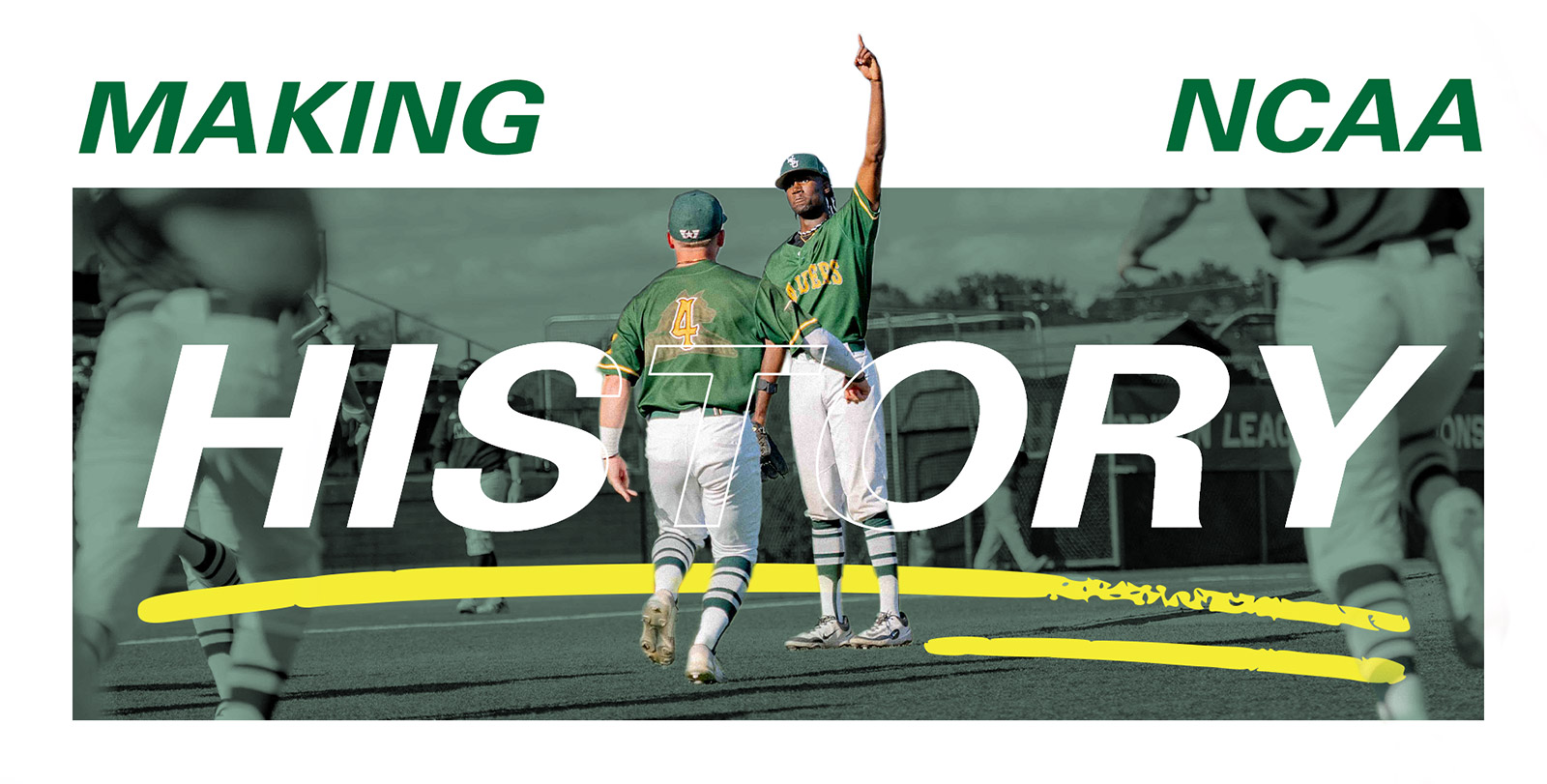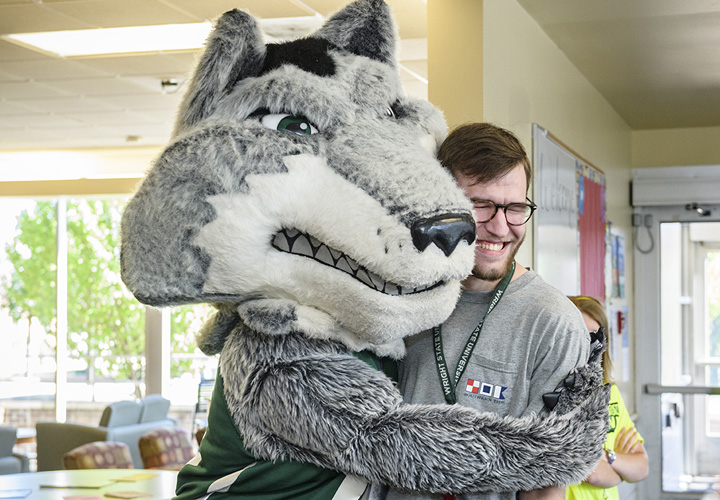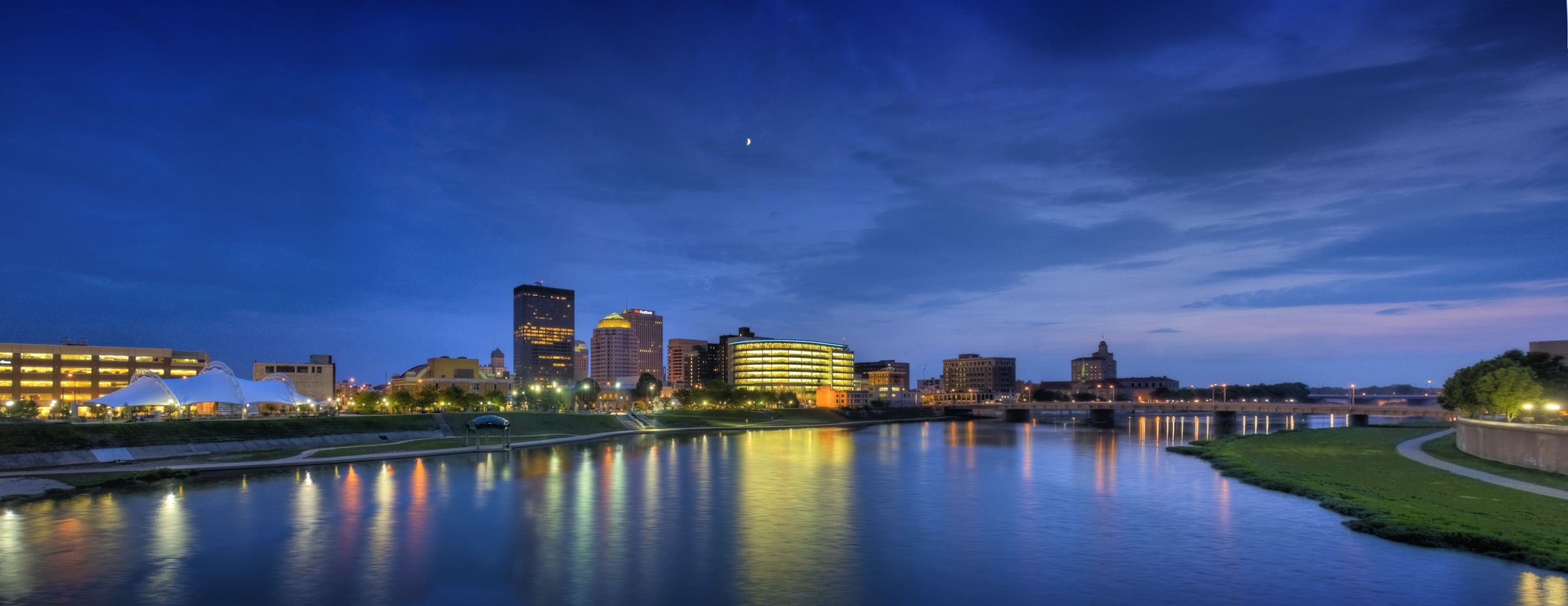
Degrees & Programs Search
Wright State offers 160 undergraduate degree programs and 155 graduate degree options. Type in some keywords and you’ll see we have a program that works for you.
Why Wright State?
Named for Ohio's world-famous Wright brothers, Wright State University offers a unique blend of access, affordability, and innovation.
Average annual cost
(Tuition, books, and supplies)
Student-to-faculty ratio
Alumni worldwide
The People of Wright State
Wright State grad student helps engineer the future of AI computing at Amazon
This future doctor means business

The Wright Guarantee Tuition Program
You can know what college will cost for the next four years—and we’ll guarantee it. The Wright Guarantee Tuition Program guarantees the same annual cost of tuition, housing, and dining over a four-year college career for new incoming, in-state, degree-seeking undergraduate students. Apply today and lock in one of the lowest tuition rates among Ohio’s four-year state universities.

Explore Dayton
Dayton’s vibrant downtown and its shops, restaurants, and sports venues are surrounded by a diverse metropolitan area of almost a million residents. Those who live in the Dayton area enjoy an affordable cost of living and housing as well as a rich quality of life that includes outdoor recreation, performing arts and other cultural amenities, professional and college sports, historical landmarks, and almost endless shopping and dining options.








